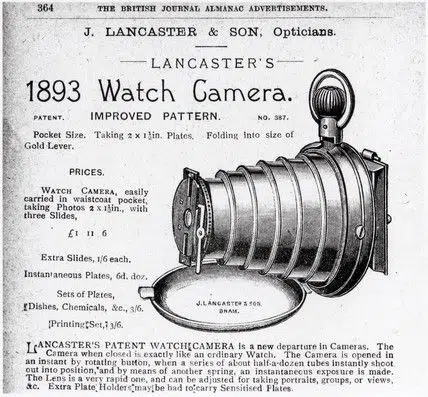 It’s still too early to gauge Generative AI’s limits. That is another way of saying a circus atmosphere of hyperbole and demo theatrics is far from played out. The word “plateau” is heard today, and maybe a leveling off is only natural.
It’s still too early to gauge Generative AI’s limits. That is another way of saying a circus atmosphere of hyperbole and demo theatrics is far from played out. The word “plateau” is heard today, and maybe a leveling off is only natural.
But now the uncertain space of ‘what it can’t do yet’ is mined each day. If Generative AI efforts plateau, and it merely changes the chatbot market as we know it, Generative AI will go down as a really big large-language disappointment.
This week’s OpenAI rollout of GPT-4o didn’t help. One can’t blame the OpenAI crew for trying their best to present awe inspiring on-stage demos as they saddle onto Danish Modern furniture set that bodes a comforting future. After all, there’s need to show their labs’ work is world changing or — barring that — fun.
The upstart’s was one among other episodes in the week’s AI Wars, as OpenAI’s demo was joined by Google I/O’s product roll outs on another stage in another corner of the Web, reported by Sean Michael Kerner and others.
For their part, the OpenAI crew walked through pet tricks, such as, asking the applications to translate “Why do we do linear equations?” into sparkling Italian.
Google’s show was just as breathless.
Yes, for OpenAI, the free app is a step into a new realm. (Although, as George Lawton points out, “free” is always an onion to unpeel.) And, yes, it vastly surpasses a voice-to-text demo of the 1990s. Does it move the bar much further than the Smart Speaker did in the mid-2010s? Let an army of pundits ponder this.
Our take: OpenAI’s announcement of something akin to a free-tier product was a bit short on awe. We’d second Sharon Goldman of Fortune who marked GPT-4o as “OpenAI’s emotive on steroids voice assistant.”
Of course, more accessible and easier entry for a wider range of people is OpenAI’s ticket to broadening into consumer markets. That’s where the killer app that justifies big valuations may be. Gain the consumer, and the enterprise follows.
That’s where OpenAI will meet the public and duke it out with friends like AWS, Google and Microsoft. There’s Apple too, which is likely now prepping spirited demos that show it has heard the bubbling cries of drowning users of Siri.
The next battle will be different than what has come before for heavily financed OpenAI. This stage in the technology’s evolution brings the OpenAI boffins down from the high ground, They say “hello whitebread-light demo patter” — just like Google, AWS or Microsoft product managers!
For a company that’s gained outsized attention in big headline deals for crucial infrastructure for big cloud players, it’s time to move toward apps. If it is to gain ground on a big scale, it will have to reach consumers. We take that as a less than nuanced theme in the GPT-4o roll out.
Cousin IoT: Brave New World Update
As if by chance, we sat in on Transforma’s report on IoT markets this very same week. While ably detailing the currents and eddies of IoT in the decades to come It seemed to convey a message relevant to Gen AI’s future course.
It’s been a long time since IoT first promised a brave new technology future — and such promises were never quite on the scale of Generative AI — but IoT has been grinding away gainfully, nevertheless.
IoT industry players have faced the same kind of existential challenge that GenAI is about to encounter. That is: The need to find a killer consumer app that it can power.
Transforma’s recent survey reports that there were 16.1 billion active IoT devices at the end of 2033. Annual device sales will grow from 4.1 billion in 2023 to 8.7 billion (a CAGR of 8%).
Yet, the world — even the industrial market within the bigger world — seems little changed. IoT’s top use cases, now and looking forward, fall short in terms of the energetic dynamism represented in early visions of IoT that looked more like StarTrek or the Jetsons.
Transforma looking toward the top three IoT use cases in 2033 cited 1- electronic labels; 2-building lights; and 3-headphones. You can come knocking because the van is not rocking, at least in terms of excitement. Still, these use cases represent real businesses.
Now, the assertion here — that Generative AI will be viewed in the future much as IoT is viewed today — is tentative. The agreement here is likely inexact … but may be useful for predicasts. Finally, my purpose here is not to put-down these young technologists’ efforts, but just to suggest that OpenAI and underlying Generative AI are in for a tough fight. — Jack Vaughan

 Infineon Technologies AG last week acquired Stockholm-based Imagimob AB, one of the most active players bringing AI to edge devices.
Infineon Technologies AG last week acquired Stockholm-based Imagimob AB, one of the most active players bringing AI to edge devices.